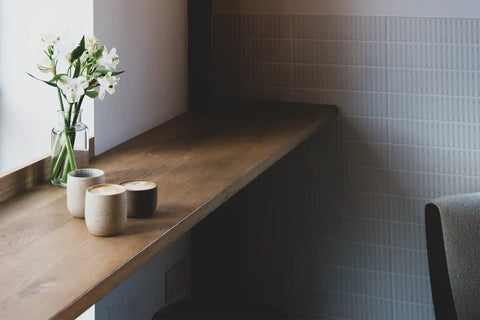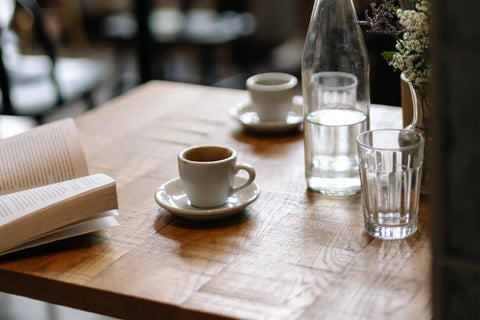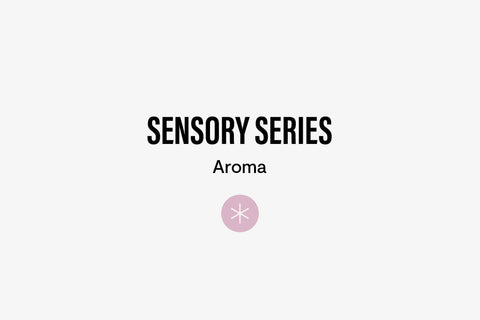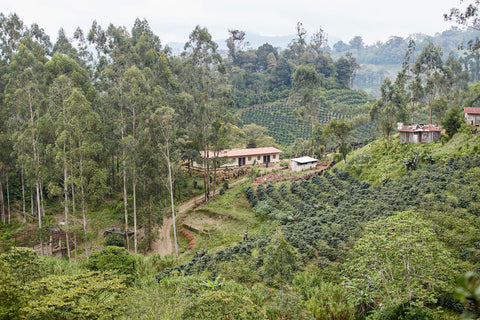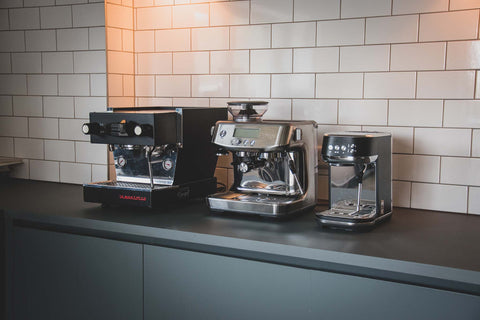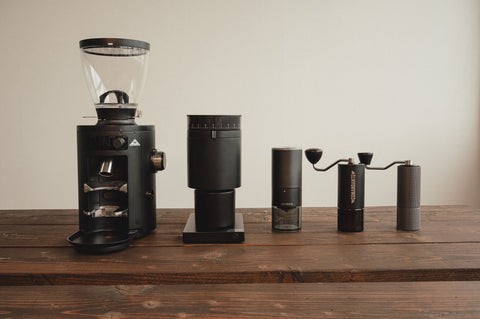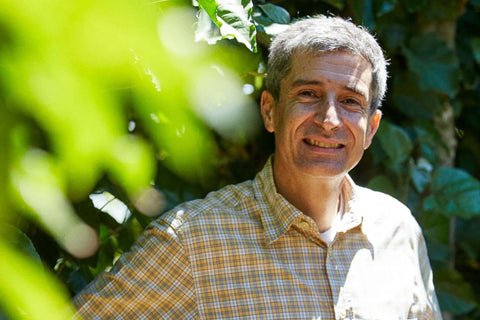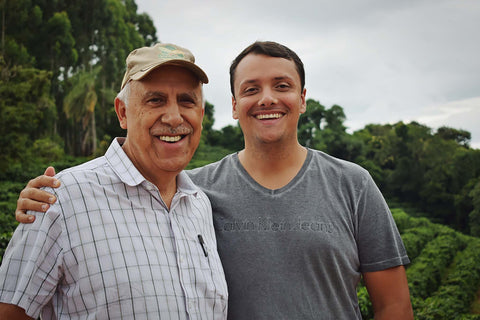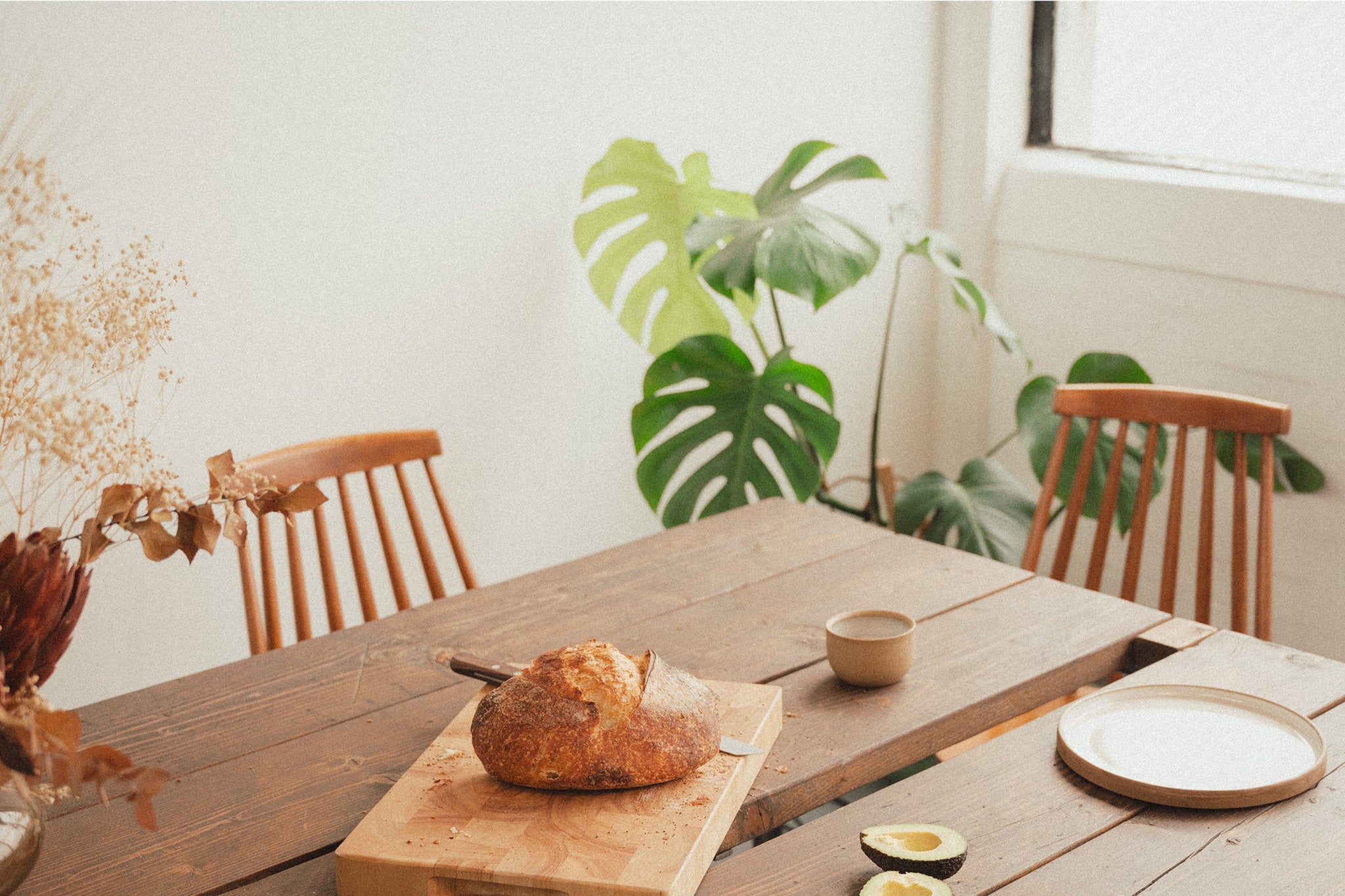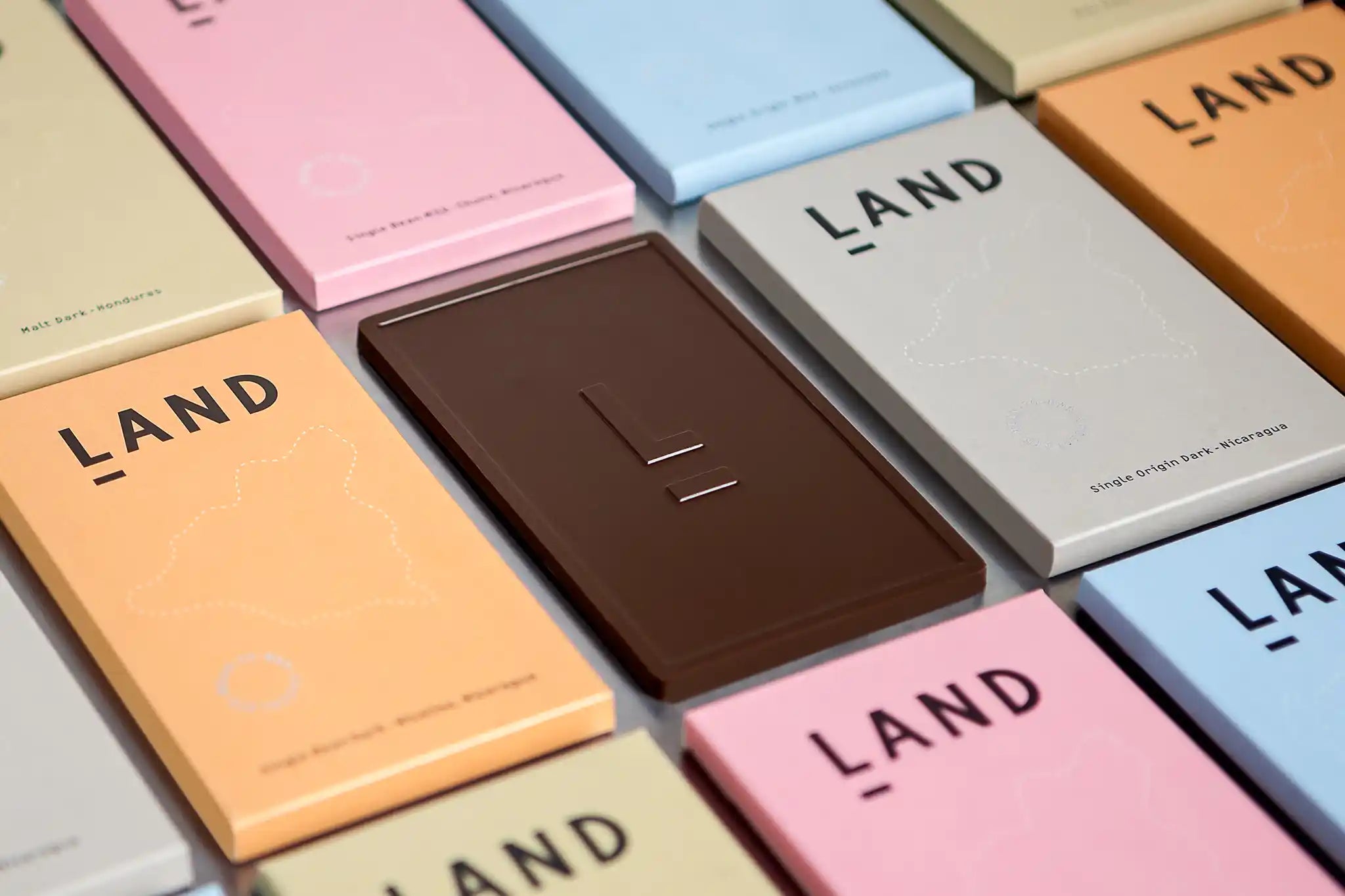The Hartmann farm was one of first Gesha farms we ever visited in Panama. Here our former Head of Coffee, Josh Tarlo talks about the farm, the family and their impressive approach to processing.

We stayed with the Hartmann’s for the best part of a week. During this time we were taken through every detail of production and cupped through their different lots to find the coffees we thought most captured the uniqueness of what a geisha coffee is capable of.
THE FAMILY HISTORY
The first of this year's Hartmann Gesha releases, the Hartmann Gesha Natural, is from a lot called Enders as it was grown in a garden of a cabin built by Dr. Robert Enders. He constructed the little building in 1932 and it became both his home and practice. In 1950 Ratibor and Rinorah Hartmann bought the land that surrounded Dr. Ender’s home and began growing coffee. Ratibor loved the birds that lived on the farm and believed that a coffee farm ought to look more like a forest than a cornfield. Until his death in 1988 Dr. Enders and the Hartmann’s became close friends and enjoyed watching the coffee grow under the canopy of the old forest surrounded by the birds of the Santa Clara Mountain.

PROCESSING
The family farm is now run by Ratibor and Rinorah’s children, Alexander, Alan, Ratibor Jr. and Alisso, who were cared for by the old doctor. Production is split among the siblings with Alexander looking after the growing of the coffee. He and his team of pickers, May, Arsenio, Abelino and Jose, picked the coffee in January and then delivered it to Alexander's brother Alan who processed the coffee using the natural method.
 Alexander Hartmann
Alexander Hartmann
After Alan had shade dried the coffee on African beds for eight days, he then dried it mechanically at 36 degrees over 36 hours to mimic the power of the sun. Once dried he oversaw the hand sorting of the beans to remove defects, checking weight, bean size and colour. Following sorting it was handed to Ratibor Jr. to check the quality and certify it as ready for exporting. Alissa Hartmann was the last hand in the chain overseeing the exporting of the coffee to make sure it got to the port at the same quality as the when we tasted it on the farm.


COMPETITION COFFEE
This attention to detail shines through in the quality of this new Hartmann Gesha Natural and will continue down the chain in the roasting and brewing of it, as we see Paul Ross use it to represent the UK in the 2017 World Coffee In Good Spirits championship.

--
You can read more about the history of Gesha here.
